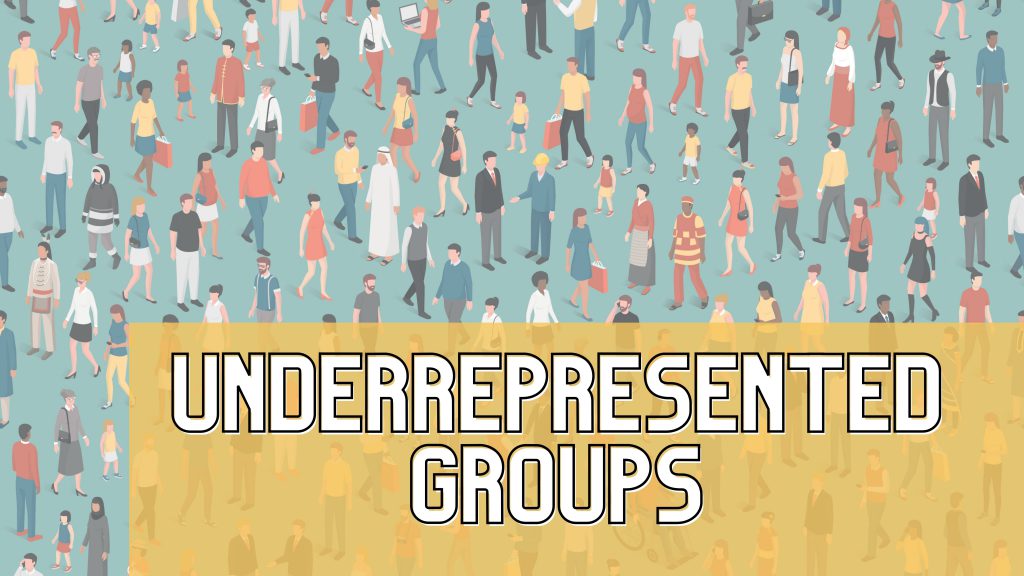Focus on Underrepresented Groups

Empowering Underrepresented Groups: Strategies for Inclusion and Equity
In today’s rapidly evolving world, diversity, equity, and inclusion (DEI) have become central themes in discussions surrounding social justice, corporate responsibility, and community development. Despite progress, underrepresented groups such as women, people of color, LGBTQ+ individuals, persons with disabilities, and economically disadvantaged communities continue to face significant barriers in education, employment, healthcare, and leadership opportunities. Addressing these disparities requires intentional action from governments, businesses, and society at large.
Understanding the Challenges Faced by Underrepresented Groups
Underrepresented groups often encounter systemic barriers that limit their opportunities for growth and success. Some of these challenges include:
- Workplace Discrimination: Many individuals from marginalized backgrounds experience bias in hiring, promotions, and salary negotiations, making it difficult for them to advance in their careers.
- Limited Access to Education: Socioeconomic disadvantages often restrict access to quality education, scholarships, and mentorship programs, reducing the chances of upward mobility.
- Healthcare Inequities: Disparities in medical care, insurance coverage, and health literacy disproportionately affect underrepresented communities, leading to poorer health outcomes.
- Underrepresentation in Leadership: Boardrooms, government offices, and executive roles still lack diversity, preventing marginalized voices from influencing policies and decisions that affect them.
Strategies for Supporting Underrepresented Groups
1. Promoting Inclusive Hiring Practices
Organizations must adopt inclusive recruitment strategies to ensure diverse talent pools. This includes:
- Implementing blind recruitment processes to eliminate unconscious bias.
- Partnering with organizations that focus on empowering underrepresented groups.
- Offering mentorship and career development programs tailored to marginalized employees.
2. Providing Equal Educational Opportunities
Governments and institutions should invest in programs that promote educational access for disadvantaged groups. These efforts may include:
- Expanding scholarship programs and financial aid for students from low-income backgrounds.
- Establishing mentorship and internship programs to bridge the gap between education and employment.
- Ensuring schools and universities implement diversity and inclusion policies.
3. Advocating for Healthcare Equity
Addressing healthcare disparities requires systemic changes, such as:
- Expanding affordable healthcare access to underserved communities.
- Increasing representation of underrepresented groups in the medical field to build trust and understanding.
- Providing cultural competency training for healthcare professionals.
4. Encouraging Representation in Leadership
Leadership diversity enhances decision-making and innovation. Steps to achieve this include:
- Implementing leadership development programs for underrepresented employees.
- Establishing diversity quotas and goals for executive positions and board memberships.
- Creating mentorship programs that connect emerging leaders with experienced professionals.
5. Fostering Inclusive Work Environments
Creating an inclusive workplace culture involves:
- Establishing employee resource groups (ERGs) to support marginalized employees.
- Encouraging open conversations about bias and discrimination.
- Providing training on unconscious bias and cultural awareness.
The Role of Advocacy and Policy Change
While corporate and community initiatives play a crucial role in empowering underrepresented groups, systemic change is necessary to dismantle longstanding inequalities. Policymakers must work towards enacting laws that protect marginalized communities from discrimination, promote fair wages, and ensure equal access to essential resources. Advocacy organizations and individuals must also continue raising awareness and pushing for reforms that create a more inclusive society.
Conclusion
Empowering underrepresented groups is not just a moral imperative; it is essential for social and economic progress. By addressing systemic challenges, promoting inclusive policies, and fostering opportunities for all, we can build a more equitable society where everyone has the chance to succeed. Whether in the workplace, education, healthcare, or leadership, every effort towards inclusivity contributes to a fairer world. Organizations, policymakers, and individuals alike must work together to champion diversity, equity, and inclusion for a brighter future.




Leave a Comment